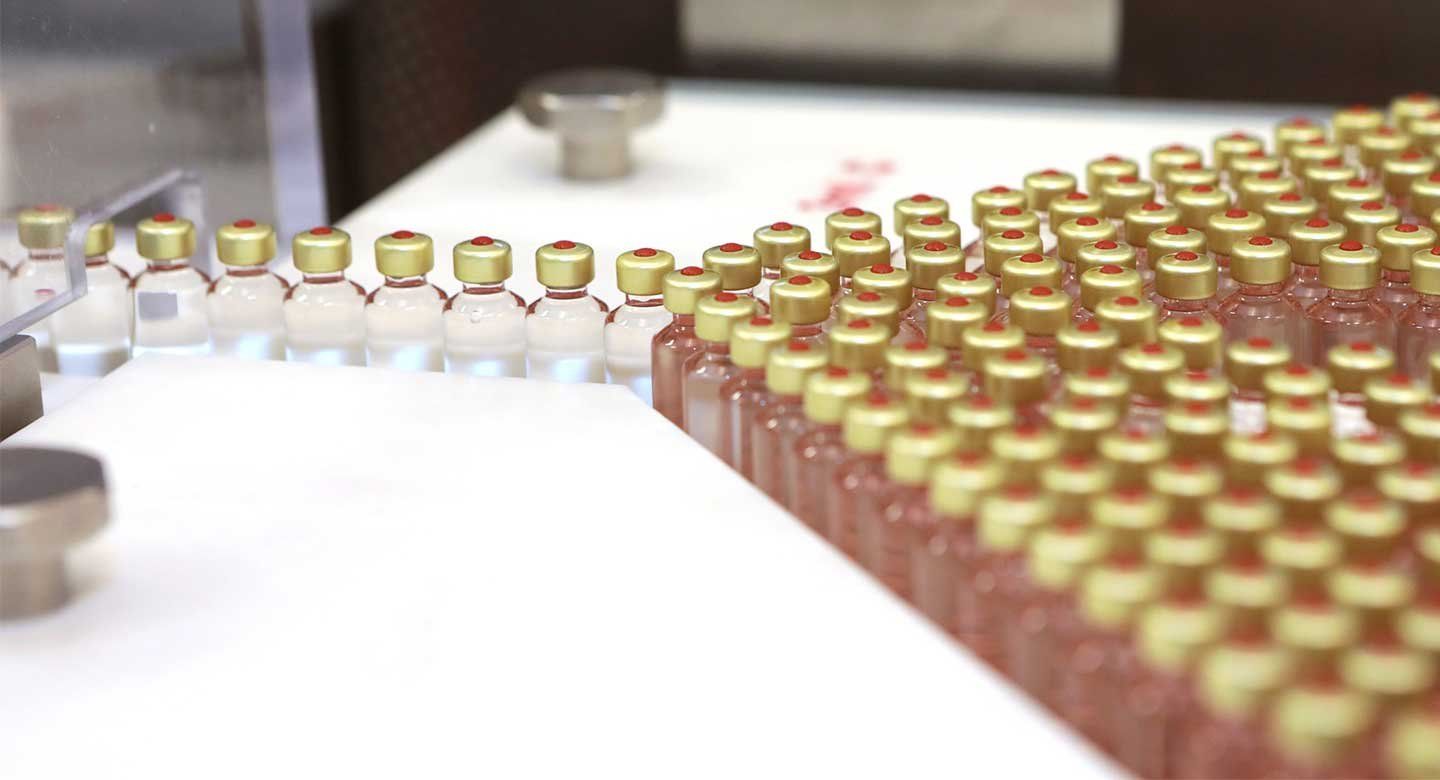CA Governor Just Vetoed Price Caps on Insulin. Now What?
UCSF Health diabetes expert weighs in on California’s plans to curb prices by making its own insulin, and the dire need facing people struggling with the disease.
Elected officials often cite insulin as a prime example of runaway drug prices. The diabetes medication has tripled in price in the last decade, reaching upwards of $200 a month for some. As a result, 1.3 million people in the United States ration insulin regularly, with nearly 30% of uninsured folks reporting that they delay buying insulin or reduce their prescribed doses regularly, and 19% of privately insured people doing the same.
This week, California Gov. Gavin Newsom vetoed a law that would cap the price of insulin for consumers at $35 a month, saying the state will focus instead on producing its own insulin for $30 per vial – a plan that Newsom announced last March.
Suneil Koliwad, MD, division chief of Endocrinology and Metabolism at UCSF Health, weighs in on the latest developments.
What is your reaction to the governor’s veto of the $35 insulin price cap law?
I was surprised but also somewhat disappointed. The proposed law might have been a decent stop-gap measure to rein in prices while the state worked on its plan to manufacture its own insulin.
The top three pharmaceutical companies, who control 90% of the insulin market, recently said they will cap prices at $35 a vial. Was California’s law redundant?
No. The drug companies have said they will use biosimilar insulins, which are basically generic versions, to help achieve price caps. But biosimilars aren’t uniformly accessible in the U.S. market, so that wouldn’t necessarily solve the price problem.
How easy will it be for California to make its own insulin?
Insulin is super cheap to make, and I think it will be cost neutral for the state. We have the scalable production capacity to do things like this in California. Ultimately, we have to do whatever we can to solve the problem of lack of access to insulin so patients can get what they need. I applaud the governor for supporting this bold initiative.
Is any other state making its own insulin?
No. It has to be a large state like California, both for practical production reasons and also because the state has clout. With 12% of the nation’s population, we have relationships with major manufacturers here who are willing to do this. Hopefully it paves the way for other states. There is likely to be interest, given that 25 other states have already imposed caps on insulin prices.
Many drugs are expensive or in short supply at any given time. Why is insulin so important?
Other medicines have been developed to help people with diabetes, but for many people, insulin is the single most effective and simplest way to get blood sugar under control rapidly. What’s more, for a significant subset of people with diabetes, there is no other medication at all that can replace insulin. This includes all people with type 1 and a subset of people with type 2 diabetes.
What can happen when diabetes is untreated?
Untreated diabetes can lead to a host of health problems including heart attack, stroke, and kidney and vision problems. When you consider that diabetes is very common and treatable, access to insulin must be a priority to prevent this cascade of health issues. And yet people are paying wildly different prices for insulin – from $200 a vial to almost nothing, depending on insurance. There are people literally choosing between buying food or insulin, and it is usually people of color and lower income who are the most vulnerable.
What is the key factor that is driving the state to make its own insulin?
Our health care system doesn’t allow for the access to life-saving treatment that, as a physician, I know is essential. The fact that treatable and preventable diseases are so common in a country as wealthy as the U.S. should be unacceptable to us. However, we are forced to accept it because of how our health care system is set up, and because of the economic drivers that fuel it. So, the only way to make change for the benefit of our patients is to disrupt this economic model that grossly benefits a few and hurts many.
